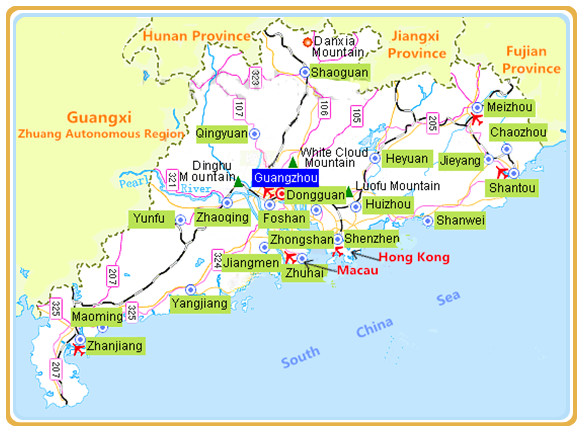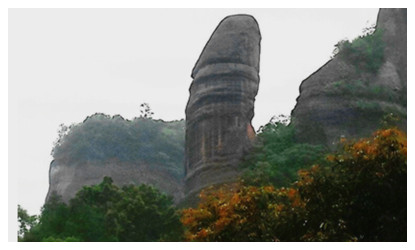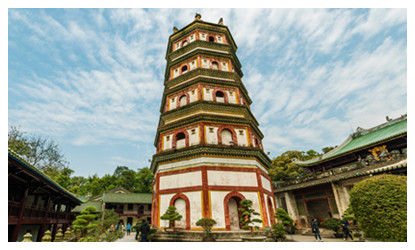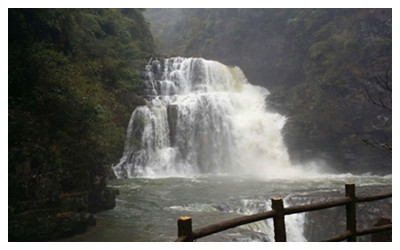Skype: neodalle-travel
Tel: +86 135 7447 2266
E-mail: sales@visitaroundchina.com
 Shaoguan City,a prefecture-level city, is regarded as the north gate of Guangdong Province where Guangdong marches with Hunan and Jiangxi Provinces.It is a vital pass to the coastal area of South China. The city of Shaoguan is the political,economic and culture center, as well as atransportation center in north of Guangdong Province.
Shaoguan City,a prefecture-level city, is regarded as the north gate of Guangdong Province where Guangdong marches with Hunan and Jiangxi Provinces.It is a vital pass to the coastal area of South China. The city of Shaoguan is the political,economic and culture center, as well as atransportation center in north of Guangdong Province. History of Shaoguan
Shaoguan area belonged to Chu Kingdom in the Warring States Period (476BC-221BC). The place was named with 'Shao' since the Sui Dynasty (581-618), and in Ming (1368-1644) and Qing (1644-1911) dynasties it gained the name 'Shaoguan' for the government established passes here to collect taxes.
What to see in Shaoguan?
Lying in the south part of the Nanling (南岭)Mountains, this region has vast area of karst landform. Hilly area constitutes the main land of the city. The Danxia Landform is nominated for the red sandstone in the Mt. Danxia of Renhua County. The terrain is higher in the north and lower in the south.
 |
 |
 |
| Shaoguan Danxia Mountain | Nanhua Temple | Guangdong Grand Canyon |
How to get there?
Visitors can get on trains making stops in Shaoguan to Guangzhou, Kowloon for about three and four hours. Road transportation of the city is also convenient. Two main bus stations existed in the city, the west bus station and the east bus station. Several buses to Guangzhou, Zhuhai and Shenzhen will depart in the stations. In addition, there are regular buses in the east bus station departing to the Danxia Mountain every 15 minutes.
When to visit Shaoguan?
Enjoying a subtropical humid monsoon climate, Shaoguan is affected by the seasonal winds all the year round. Spring is overcast and rainy, while precipitation in autumn is fewer. March to August is the rainy season and September to February the next year is the dry season.
When to Go: Shaoguan has abundant rainfall and moderate weather, so visitors can get there at anytime, especially in spring and autumn.
Travel Tips
Useful Telephone Numbers:
Tourist Complaints: 0751-8916131
Weather Forecast: 121
Zip Code Inquiries: 184
Bank of China: 0751-8888338
Local Highlights: Folk costumes of the Yao ethnic minority is interesting, especially the marriage customs.
Special Local Products: Lechang Baimaojian (raw white tea), mushroom, plum
 Ask Questions ?
Ask Questions ?